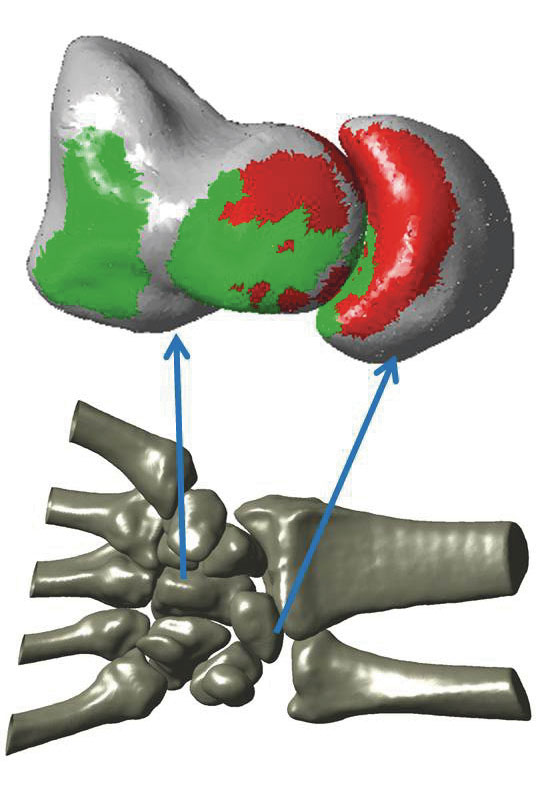More alcohol
Ten percent more alcohol from fermentation. That is what biotechnology researchers from Professor Jack Pronk’s group (Applied Sciences) achieved in collaboration with Brazilian colleagues from the University of Sao Paulo and the Federal University of Santa Catarina.
Brazil has the world’s largest bioethanol production based on sugarcane. The yeast was genetically modified to take up sucrose and break it down in the cell (it normally does this outside of the cell), and subsequently put under evolutionary pressure.
Het Centraal Bureau voor de Statistiek publiceerde nieuwe tabellen over deze voortijdige schoolverlaters. Daarin staat ook hoeveel voortijdig schoolverlaters van een misdrijf werden verdacht: meer dan tienduizend. Zeventig daarvan zijn inmiddels student, waarvan tien vrouwen en zestig mannen. Wat voor misdrijven het zijn, vertellen de cijfers niet.


Wrist watch
After a fall, bones in the wrist may change position, owing to torn ligaments for example. The displaced bones may cause pain and result in absenteeism long afterwards. Conventional imaging techniques however show no abnormalities. Dr Martijn van de Giessen (AS) developed a way to make the displaced bones visible by comparing the X-rays of a standardised set of movements with poses of healthy wrists. His computer model is able to distinguish between normal (green) and abnormal (red) bone gaps.
Rijkswaterstaat
Rector Karel Luyben and Rijkswaterstaat ICT director Kees van der Kaa signed a research contract yesterday. Rijkswaterstaat will provide 800,000 euros in funding to geodetic and data research projects at the TU over the next four years. Research topics will include the capsizing of the Netherlands (east up, west down), data management policy (is Rijkswaterstaat’s data public or not), embedding laser scanning technology and setting up a 3D basemap of the Netherlands. OTB research institute is the primary scientific partner.
Rembrandt researcher
Delft paint expert, Professor Joris Dik (3mE faculty) has joined the Young Academy of the Royal Netherlands Academy of Arts and Sciences (KNAW). The Young Academy was founded in 2005 with the aim of bringing young researchers into contact with colleagues from other specialist fields. Dik studied art history and archaeology and conducted his PhD research in chemistry. He is renowned for his research on paint layers of old paintings, including those by Rembrandt and Van Gogh.


Comments are closed.